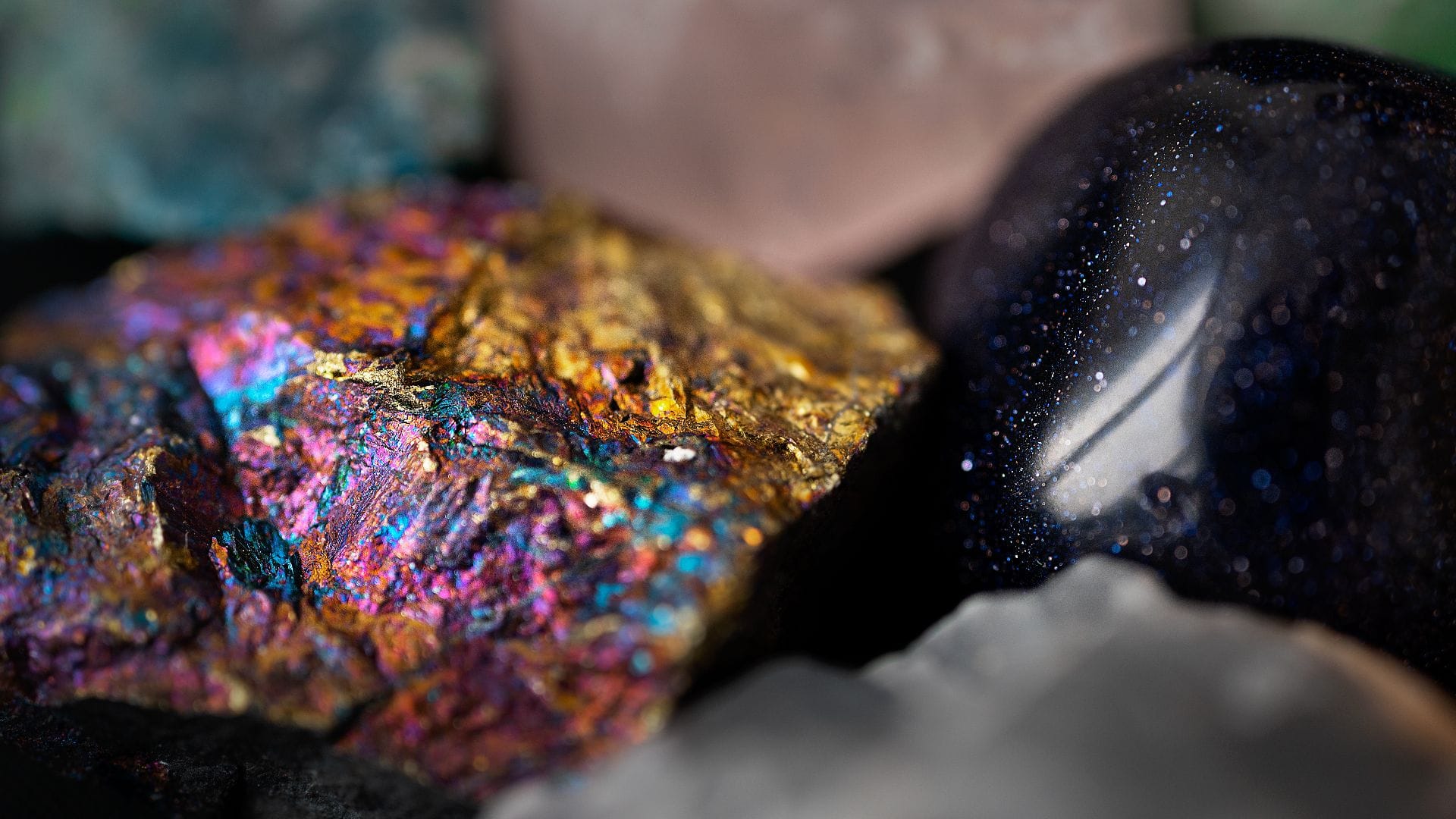
New rare-earth minerals from Chinese mine could supercharge defense, tech
What's the story
Chinese geologists have discovered two new minerals, Oboniobite and Scandio-fluoro-eckermannite, at Bayan Obo, the world's largest rare-earth mine located in Inner Mongolia. The discovery was a collaborative effort involving the CAS Institute of Geology and Geophysics, Inner Mongolia Baotou Steel Union Co., Ltd., Baotou Research Institute of Rare Earths, and Central South University. The International Mineralogical Association has confirmed these as new minerals and approved their names, as announced by Li Xianhua from the CAS Institute of Geology and Geophysics.
Applications
Valuable elements found in newly discovered minerals
The newly discovered minerals contain valuable elements with significant applications in various fields such as new materials, new energy, information technology, aerospace, national defense, and the military industry. Niobium and scandium found in these minerals are highly scarce and strategically critical metals. According to Li Xiao of Inner Mongolia Baotou Steel Union Co, researchers have identified 18 new minerals at Bayan Obo since 1959. Oboniobite and Scandio-fluoro-eckermannite mark the 19th and 20th discoveries, respectively.
Description
Detailed characteristics of the newly discovered minerals
Fan Hongrui from the CAS Institute of Geology and Geophysics described Oboniobite as having a yellow-brown to brown hue with a plate-like structure, ranging in size from 20 to 100 micrometers. The other mineral, Scandio-fluoro-eckermannite, named after CAS academician Zhai Mingguo for his significant contributions to China's mineral deposit research, is pale yellow or light blue with a columnar shape and measures up to 350 micrometers. This is the first mineral containing scandium ever discovered in China.
Space exploration
China's lunar missions uncover new minerals
In addition to terrestrial discoveries, China's scientific missions have been successful in uncovering new minerals on the Moon. Earlier this year, the Chang'e 5 mission, conducted by the China National Space Administration (CNSA), discovered rutile (TiO2), trigonal Ti2O, and triclinic Ti2O on the lunar surface. The discovery of titanium compounds like trigonal Ti2O and triclinic Ti2O is crucial as they have never been found in natural samples on Earth before.